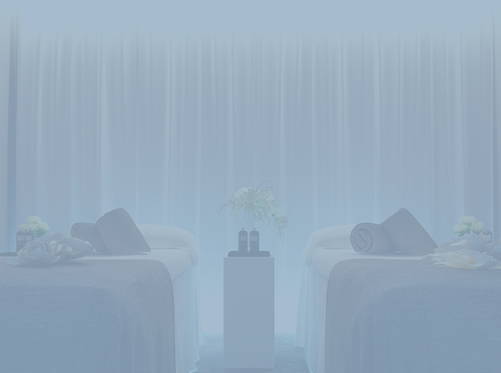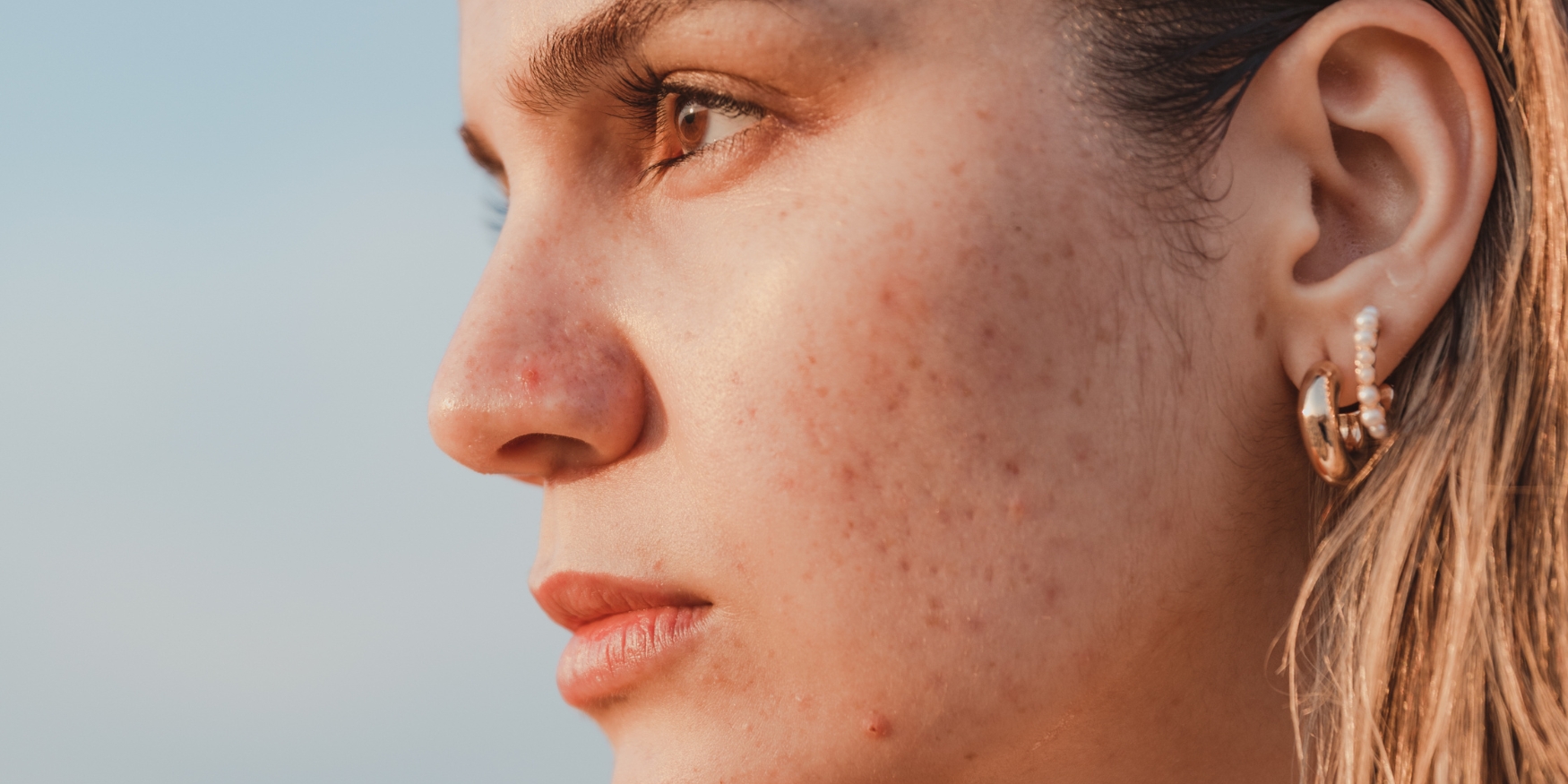

Margifox Distributors Blog

The Differences Between Each Spot and the Science Behind it
Varying from the common whitehead to those deep and painful under-the-skin cysts, we all experience spots at different stages in our life. There are many different types of spots that can appear on the skin, each with its own distinct appearance and texture. The skin researchers at Advanced Nutrition Programme have outlined the six types of spots you will see on your clients and explain the differences and anatomy behind each blemish.
.jpg?width=528&height=528&name=Whiteheads%20(1).jpg)
1. Whiteheads/Closed Comedones
Whiteheads, also known as closed comedones, are little bumps that commonly appear on the skin's surface. These occur when dead skin cells, bacteria and sebum become trapped in the hair follicle. This plug fills the follicle, causing swelling. These spots can be tempting to pick or squeeze. Picking or squeezing these spots should always be avoided, as the bacteria can spread across the face leading to inflammation and scarring.
2. Blackheads
Blackheads are easily identified by colour. Like whiteheads, this type of spot is also a clogged hair follicle, although instead of closed, it is open. This open pore allows the sebum and melanin to be oxidized, creating the pore's dark appearance [2]. Blackheads are often found on the back, shoulder, face and nose region. They are slightly raised and are not painful and inflamed like other spots.
Here are some factors that can increase your chance of developing blackheads:
- The body producing too much oil
- Hormonal changes
- Irritation of the hair follicles
- Heavy sweating
- Overproduction of skin cells
3. Cysts
Varying in size and location, cystic acne is one of the most severe types of acne. This can be a result of hormonal changes or trapped oil and bacteria. Cysts are composed of fluid or air and appear as a bump that grows deep underneath the skin. Cysts can appear on the face, chest, back, neck and arms. Clients should avoid squeezing or popping cysts, as this can lead to infection, which can result in scarring.
Folliculitis can sometimes look like cystic acne. However, this is an ingrown hair that has become infected. This is commonly formed when clients use hair removal methods such as waxing or shaving.
4. Papules
Papules are small, red, cone-shaped bumps that are usually less than 5 millimetres in diameter. These spots don't have yellow or white pus. Over time papules become pustules; this can take a few days for the pus to form. Similar to other spots, papules are the result of excess oil and skin cells clogging the pore [4]. Typically, papules are quite painful.
5. Pustules
Pustules are bumps on the skin containing fluid or pus. These spots most often start as papules. Appearing as white bumps on the skin, the surrounding area can become quite red. Pustules can form on any part of the body, although they commonly appear on the face, back and chest. In addition, these spots may also develop in clusters on the same area of the body and are often found in mild to moderate acne. One of the most common causes of pustules is an imbalance in hormones, particularly among teenagers and young adults.
6. Nodules
Nodules are hard knots under the skin filled with protein and keratin. Nodules feel like hard lumps and can be visible. This type of spot can form in the armpits, groin, head and neck. Clients with nodules should seek medical advice from their doctor.
Being aware of the different types of acne and spots your clients may have can help you to educate your clients on some of the reasons why they may be dealing with problem-prone skin.
Ensuring your clients don't squeeze or pick at their spots is critical to preventing the bacteria from spreading and potentially causing scarring.
Want to learn more? Discover how to target problem skin from head to toe and guide your clients to happy, healthy skin from within with Advanced Nutrition Programme.
Looking to support your client's skin inside and out? Contact us here to learn more about Advanced Nutrition Programme skin supplements.
Sources:
- A closer look at blackheads vs white heads. Healthline. March 2022.
- Blackheads. Healthline. March 2019.
- What's causing this cyst? Healthline. April 2021.
- What causes acne papules? Healthline. May 2019.
- What to know about nodules? Healthline. September 2019.
- What causes pustules? Healthline. July 2019.


